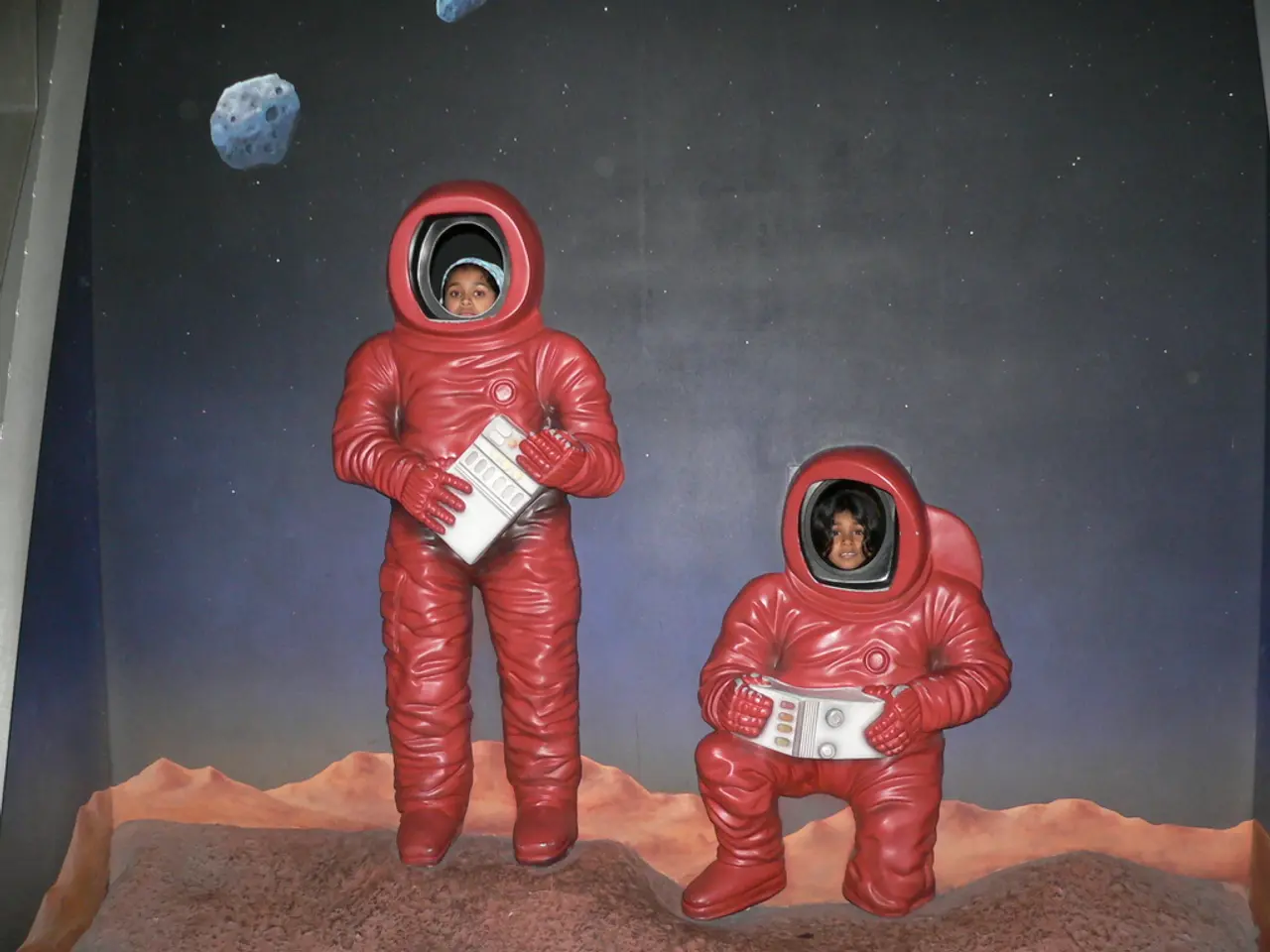Lunar Nuclear Reactor Proposal by NASA is Unattainable by 2030 - Understanding the Challenges
NASA has announced plans to deploy a 100-kilowatt fission surface power reactor on the Moon by 2030, as part of the Artemis program. The reactor, if successful, would provide continuous, reliable energy for lunar habitats, scientific instruments, rovers, and mining operations, enabling sustainable lunar presence and future missions to Mars.
The proposed reactor is a significant engineering achievement, designed to operate autonomously for about 10 years without refueling or servicing. This is made possible by ongoing development of small nuclear systems by NASA and the Department of Energy. Experts acknowledge that nuclear fission is well-suited for sustained lunar and Martian missions due to its high power density and resilience.
However, challenges remain. Rapid development, deployment, and infrastructure are crucial factors in achieving operational status by 2030. Some describe this timeline as a "monumental undertaking" requiring precise engineering, extensive safety planning, and sustained investment. Budget constraints and shifting NASA priorities add uncertainty, with some critiques highlighting past budget cuts and reliance on private companies for lunar logistics.
Internationally, China and Russia are advancing similar nuclear-powered lunar projects, creating a competitive impetus for NASA. This geopolitical dimension may influence funding and prioritization but also adds pressure to meet or beat these timelines.
Cooling is a crucial aspect to consider for space reactors, and a solution has yet to be found for the Russian-Chinese proposal. As of now, there is no working independent lunar lander that can safely transport a reactor to the Moon’s surface.
The potential placement of a nuclear reactor on the Moon raises questions about safety and international cooperation. It is important to note that, according to the 1967 Outer Space Treaty, nobody can own territory in space. However, placing a nuclear reactor on the surface of another world could establish a safe zone.
The Trump administration's proposed budget could potentially devastate NASA's multiple science programs. The proposed budget also asks for more funding for human spaceflight in the short term, but could cancel the Space Launch System and Orion Spacecraft.
NASA's interim administrator, Sean Duffy, is requesting a 60-day consultation for a nuclear reactor on the Moon by 2030. The announcement comes amid a public feud between President Trump and Elon Musk, the CEO of SpaceX, whose Starship is one of the proposed lunar landers expected to be operational by 2030, alongside Blue Origin's Blue Moon lander.
If material for the reactor is sourced from Earth, it would increase the reactor's weight and cost. To address this, NASA has been looking at nuclear fission reactors, with important developments in the Fission Surface Power project. The current designs aim to minimize heat waste and increase efficiency.
For the Kilopower Reactor Using Stirling Technology (KRUSTY), cooling is built into the reactor function. This design could provide a viable solution for cooling space reactors, but more research and development are needed.
In summary, NASA’s plan to deploy a nuclear reactor on the Moon by 2030 is technically feasible with current progress but pushes the limits of engineering, program execution, and budget realities. Success requires overcoming major technical and logistical challenges while maintaining robust funding and infrastructure support against a backdrop of intensifying international space competition.
- The artificial lunar habitats, scientific instruments, rovers, and mining operations aim to be powered by a 100-kilowatt fission surface power reactor, as part of NASA's Artemis program, scheduled for deployment by 2030.
- The high power density and resilience of nuclear fission make it a suitable choice for sustained lunar and Martian missions, according to experts.
- International competitors such as China and Russia are also developing nuclear-powered lunar projects, adding to the pressure to meet the timeline for the reactor's deployment.
- The Trump administration's proposed budget could impact NASA, with potential threats to multiple science programs and projects like the Space Launch System and Orion Spacecraft.
- Cooling a space reactor remains a significant challenge, with no working solution as of now, for both the proposed NASA reactor and the Russian-Chinese proposal.
- The use of nuclear reactors in space raises safety concerns and questions about international cooperation, despite the fact that nobody can own territory in space, according to the 1967 Outer Space Treaty.







